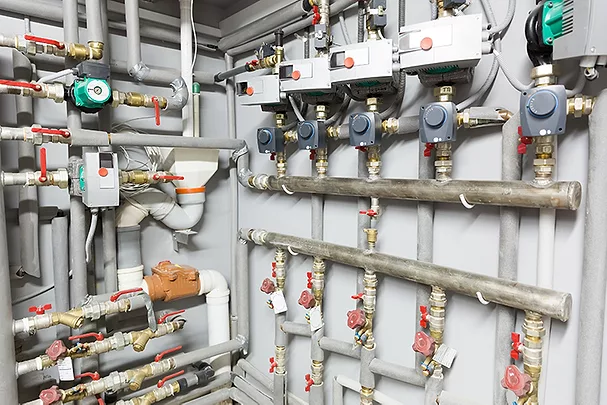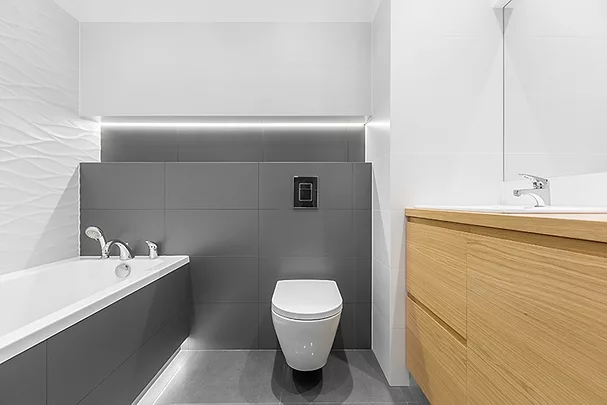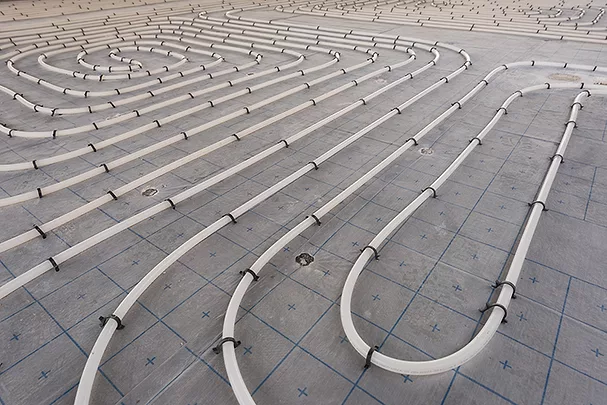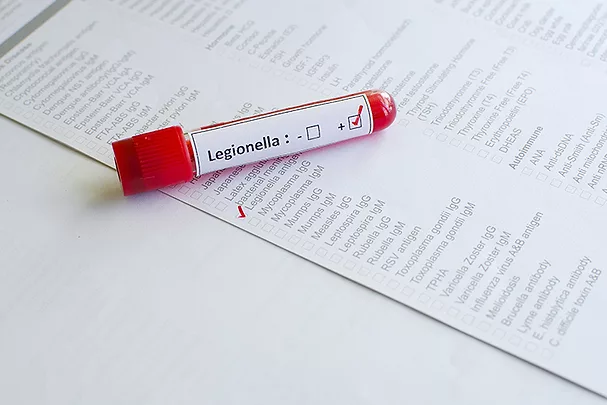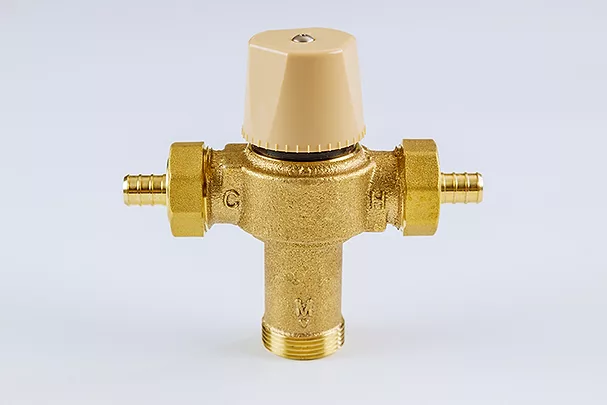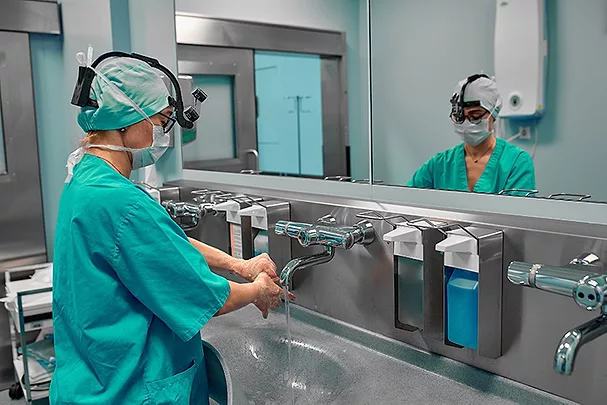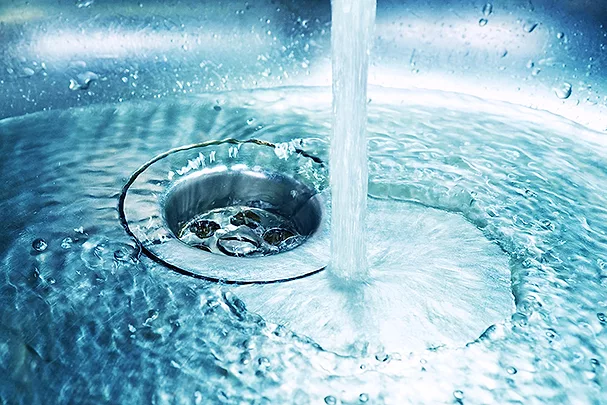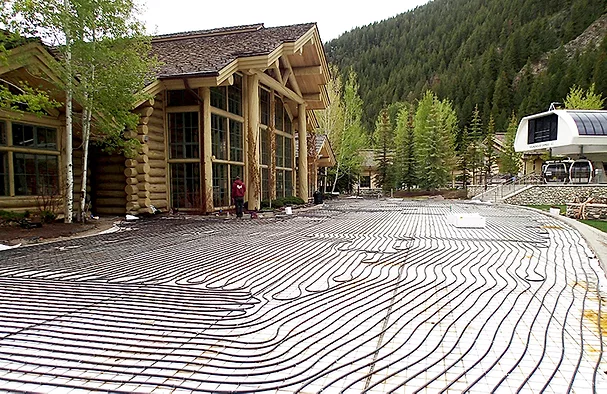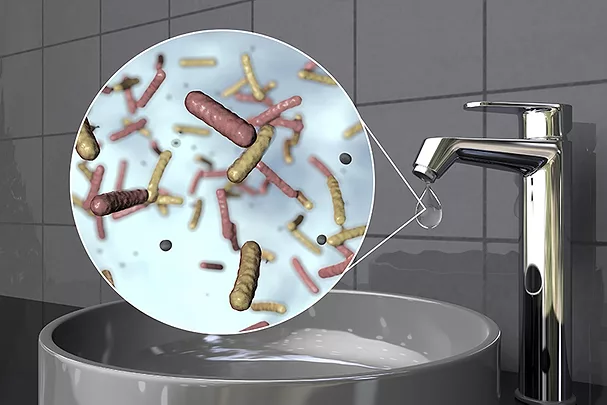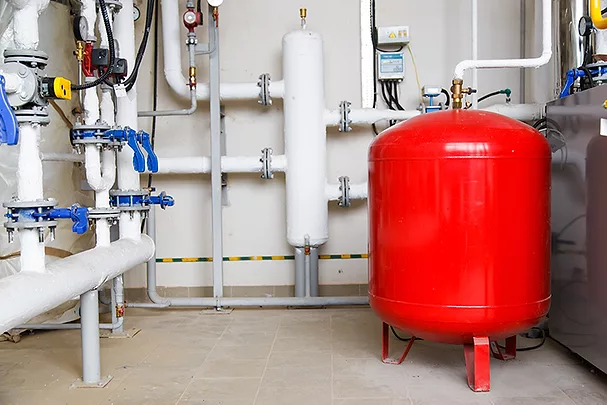Design , How To
Feature
As the difficulty in designing and balancing these systems increases with system size and complexity, so does the importance of doing it correctly.
Read More
Feature
An Expert Guide to Venting In-Wall Tank Water Closets
ITWCs offer an aesthetically pleasing look, yet innovative techniques and fittings are required to vent and pipe the waste properly.
Read More
Feature
Systems Architecture for Zero Net Energy Performance in Multifamily and Office Buildings, Part 2
Ventilation options with best practices for implementing high-mass radiant floor cooling.
Read More
Code Classroom
Commissioning and Troubleshooting DHW Systems, Part 8
In this last part of the series, we look at DHW distribution system design to effectively control Legionella growth.
Read More
Radiant Insider
Hydronics, DHW and Mixing Valves
Taking some of the mystery out of mixing valves.
Read More
Collaborative Health Care Design
Sizing Hospital Campus Domestic Water Needs: A Comprehensive Guide
This is a crucial aspect of infrastructure planning to ensure adequate water supply for various activities and occupants.
Read More
Code Classroom
Commissioning and Troubleshooting DHW Systems, Part 7
This month, we’re discussing the do’s and don’ts of temperature-actuated balancing valves and pressure-reducing valves in high-rises.
Read More
Feature
Designing Hydronic Snow and Ice Melting Systems
Expert tips to optimize performance and efficiency.
Read More
Feature
Planning Plumbing Systems for Water Management Compliance
Understanding the fundamentals of water management programs is pivotal in curbing Legionella growth and streamlining compliance tasks.
Read More
Code Classroom
Commissioning and Troubleshooting DHW Systems, Part 6
This month, we’re discussing thermal expansion tanks, temperature gauges and hot water temperature maintenance cables.
Read More
